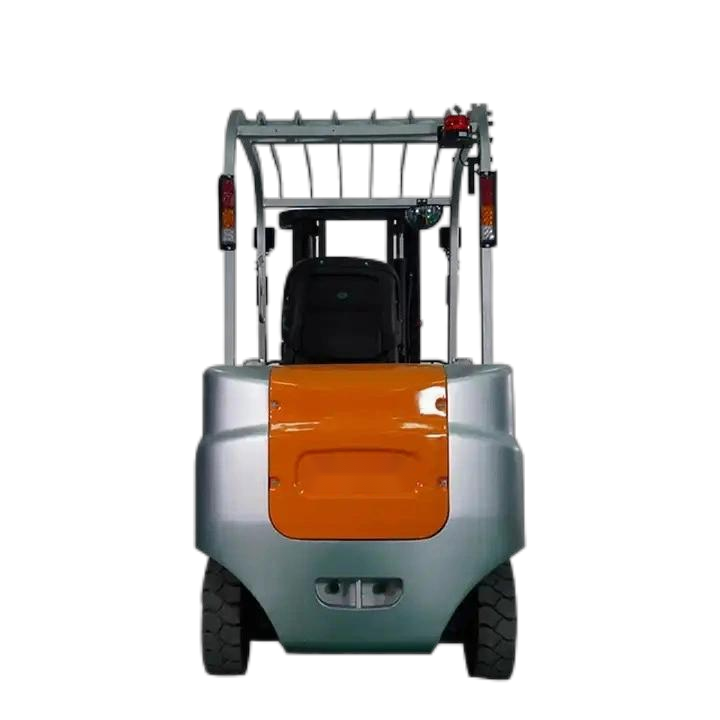I. Clarify Core Requirements and Quantify Operation Parameters

Matching of Loading and Lifting Capacity
Select the loading tonnage according to the maximum weight of goods carried on a daily basis. For example, the 2-ton level is suitable for small and medium-sized pallet goods1. If high-bay warehouse operations (such as above 10 meters in a three-dimensional warehouse) are involved, a three-way stacker model with a lifting height of 6 - 8 meters should be selected. And it should be noted that the loading capacity decreases as the height increases25.
Battery Life and Battery Selection
Lithium batteries have become the mainstream choice. Their charging efficiency is 40% higher than that of lead-acid batteries, and they support fast charging. In high-frequency operation scenarios, it is recommended to choose a battery capacity of more than 300Ah, and a smart battery management system should be equipped preferentially38.
Design for Channel Adaptability
In narrow warehousing environments, attention should be paid to the turning radius parameter. For electric pallet trucks, it is recommended to choose a folding pedal or a compact body design5.
II. In-depth Adaptation to Operation Scenarios
Special Environmental Requirements
For cold storage operations, models that can withstand - 30°C low temperature should be selected, equipped with anti-condensation circuits and anti-slip tires49.
For explosion-proof scenarios, EX certification should be recognized, and the battery should adopt a fully enclosed explosion-proof structure217.
In the food and pharmaceutical industries, clean forklifts made of stainless steel and with a dust-free design should be preferred4.
Efficiency and Function Expansion
In high-frequency handling scenarios, it is recommended to choose models with automatic weighing functions (error ± 0.5%). For picking operations, height displays and side-shifting tools can be matched28. For enterprises with high intelligentization requirements, AGV forklifts equipped with navigation systems can be considered.





